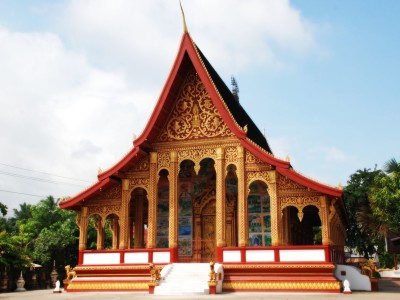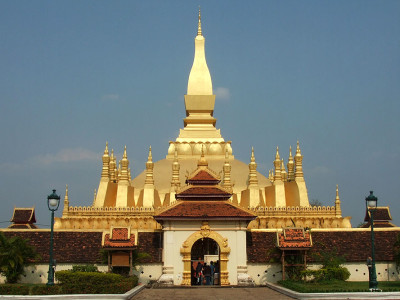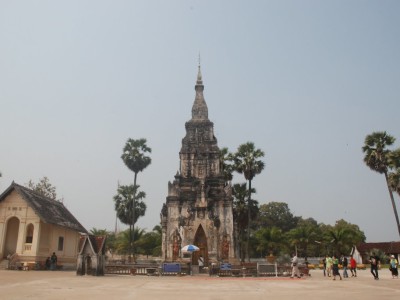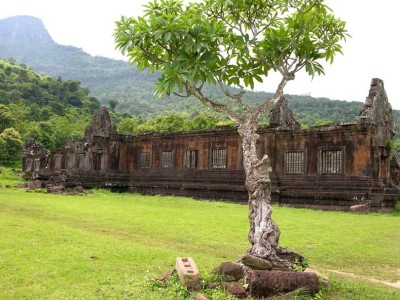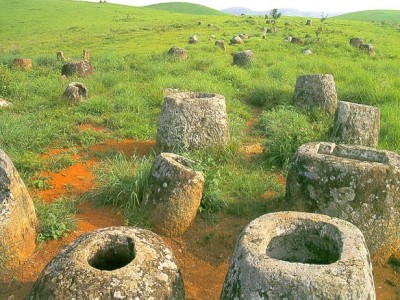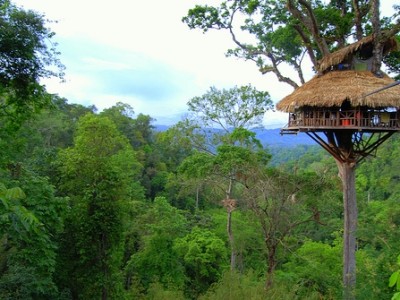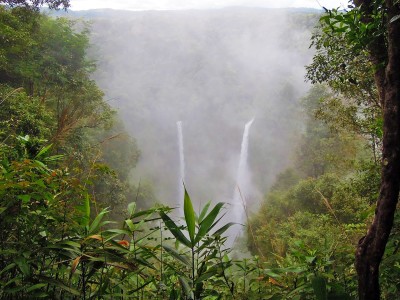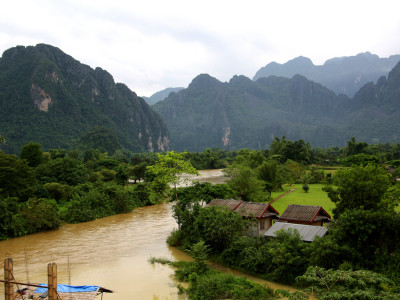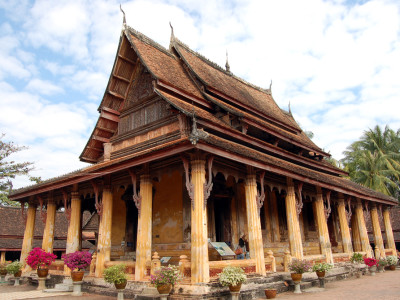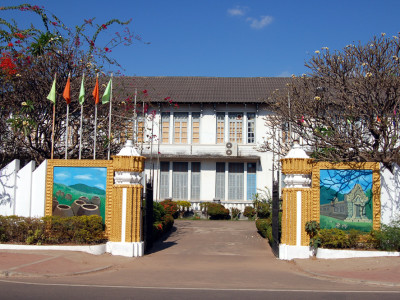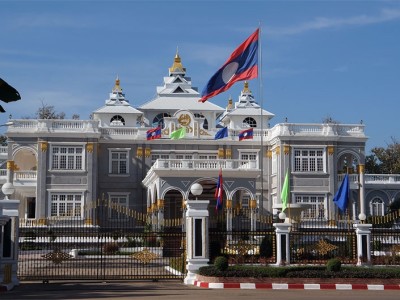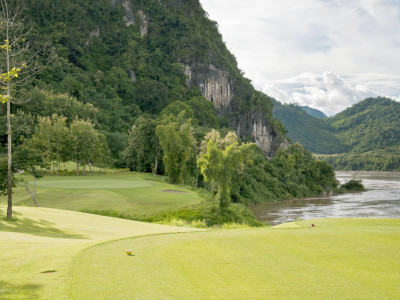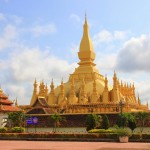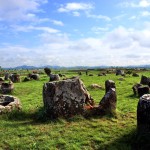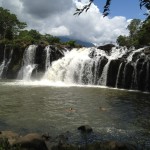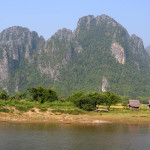Often overlooked in favour of its better-known neighbours, landlocked Laos remains one of Southeast Asia’s most beguiling destinations. Caught in the middle of the two Indochina wars and long isolated from the rest of the world, the country retains a slow, rather old-fashioned charm, and its people – incredibly laidback and friendly, even by Asian standards – are undoubtedly one of the highlights of any visit.
Laos’s lifeline is the Mekong River, which runs the length of the country, at times bisecting it and at others serving as a boundary with Thailand; the rugged Annamite Mountains historically have acted as a buffer against Vietnam, with which Laos shares its eastern border. Most people visit the country as part of a wider trip in the region, often entering from Thailand and following the Mekong further south. However, Laos alone rewards further exploration, and with a little more time it’s not hard to feel like you’re visiting places where few Westerners venture. Stretching from the forest-clad mountains of the north to the islands of the far south, there’s enough here to keep you occupied for weeks, and still feel as though you’d barely scratched the surface.
For such a small country, Laos is surprisingly diverse in terms of its people. Colourfully dressed hill tribes populate the higher elevations, while in the lowland river valleys, coconut palms sway over the Buddhist monasteries of the ethnic Lao. The country also retains some of the French influence it absorbed during colonial days: the familiar smell of freshly baked bread and coffee mingles with exotic local aromas in morning markets, and many of the old shophouses of its larger towns now (appropriately) house French restaurants.
The effects of the wars, and of its communist government, are unmistakable – it remains completely inadvisable to strike out into the countryside without following paths for fear of UXO (unexploded ordnance) – and the country remains heavily dependent on its neighbours for all manner of products; indeed in some parts of the country, the local markets stock more Chinese and Vietnamese goods than Lao. However, whether you’re riding through the countryside on a rickety old bus crammed with sacks of rice, more people than seats, and blaring tinny Lao pop music, leisurely sailing down the Mekong past staggeringly beautiful scenery, or being dragged by a stranger to celebrate a birth over too much Beer Lao and lào-láo, it’s hard not to be won over by this utterly fascinating country and its people.

